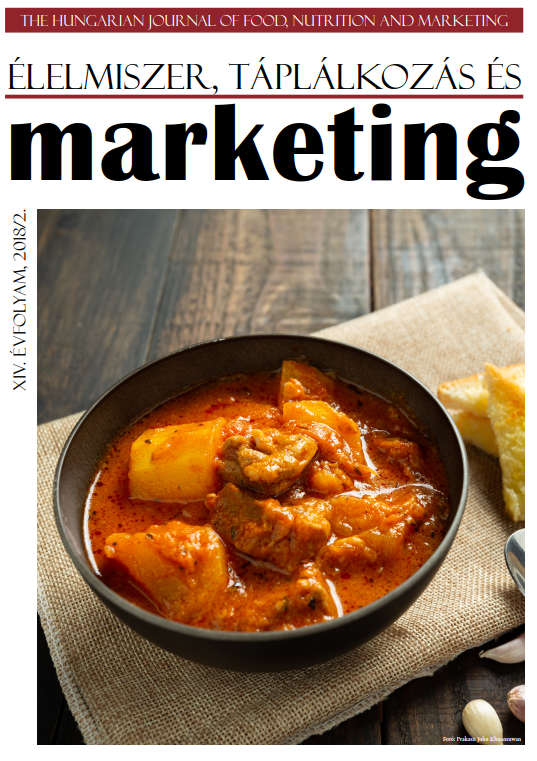Quantitative analysis of consumer habits on the Hungarian dairy market
DOI:
https://doi.org/10.33567/etm.2412Keywords:
dairy product, consumer behaviour, factor analysis, cluster analysisAbstract
There are numerous studies and researches about the health role of dairy products and their consumption as part of a balanced and healthy diet. As a result, it does matter how much and how we consume it, but at the same time, today's (food) consumption patterns are changing and changing rapidly. The aim of the study was to survey typical groups of dairy consumers and to analyse their frequency of consumption. The representative survey was nationwide (Hungary), with 503 participants aged 18-75. During the statistical analysis, we determined 95% confidence level with 0,05 or less percentage rate as a significant connection. Factor extraction was performed by principal component analysis, and the validity of the data was tested by Kaiser-Meyer-Olkin (KMO) and Bartlett test. The number of factors was determined by using the Kaiser criterion and after Varimax rotation was used. During the cluster analysis, the number of clusters was determined in two steps (1. Ward method, 2. K-mean method). It was found that most of the respondents consume liquid milk, yoghurt, sour cream and cottage cheese. Furthermore, it can be said that the domestic consumer is still not aware of the difference between butter and margarine. On average, women consume more liquid milk and sour cream than men. Higher income consumers eat matured cheeses more often. Respondents who consider themselves health conscious are more likely to eat yogurt, cottage cheese and matured cheese. During the cluster analysis, three clusters were identified: „Mass product consumer”, „Open to innovation” and „Hypocrite local patriarchs”. We have identified the characteristics of the three clusters that can be used in a marketing campaign.



